Design
Studying architectural design, I became interested in design theory & methods: How does design “work”? Is there, or could there be, (in Herbert Simon’s phrase), a “science of design”? How can designers work systematically? My PhD advisor was N.John Habraken, known for developing design methods for buildings and urban tissue. I began to build software experiments, to capture and convey methods in code. One theme is design rules, or constraints and designing as exploring constraints. Constraint based tools enable designers to express relationships among the elements of their designs, adding interactive behaviors to those elements. My CoDraw program demonstrated this, but it looked too much like programming for designers at that time (1980s). I saw that designers prefer to draw to investigate and develop ideas, so I built a sketch-recognition software (the Electronic Cocktail Napkin and its family of related programs) to provide an interface to knowledge based design. This served as a platform for a variety of investigations, into shape-based retrieval and analogy, constraint-based sketching, collaboration and coordination, and critiquing.
3 R’s Drawing and Design Computation
2004 A report on computational sketching software systems to support Recording, Reasoning, and Resolving in design.
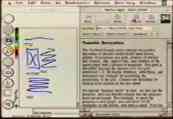
Ambiguous Intentions
1996 Sketch software acquires information about ambiguity and precision, represents it internally, and echoes it to users visually through constraint driven edit behavior.
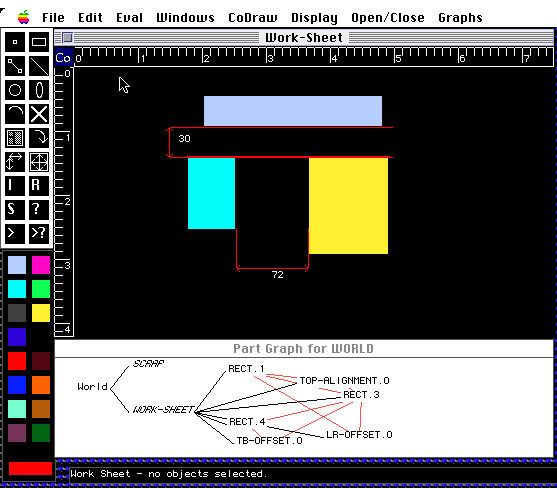
CoDraw
1990 An end-user-programmable object-oriented CAD program with interactive graphical constraints.
Computational Thinking and a Science of Design
2009 This article argues that a computationally expressed science of design is essential for benefiting from revolutions in desktop manufacturing and embedded computing.
Computer Aided Architectural Design
2000, 2008 Three papers on computer aided architectural design.
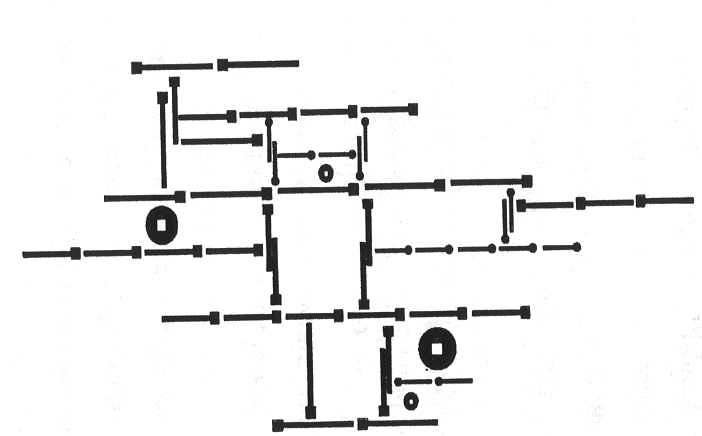
Concept Design Games
1987 A set of games to teach abstract principles of designing.
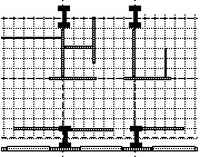
Construction Kit Builder
1990 – 1996 A computational design environment for defining, then working with, a system of components and placement rules.
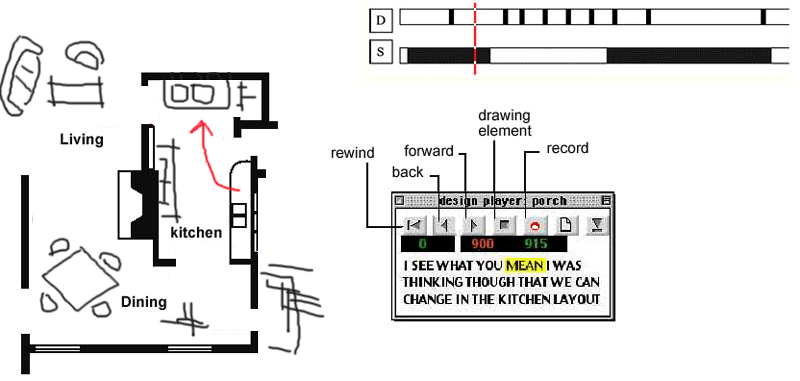
Design Amanuensis
2001 Constructing a machine-readable multimedia document from design speech and sketch actions, which can be replayed and searched.
Design as Exploring Constraints
1984 PhD dissertation: Constraints are an appropriate computable representation for design knowledge.
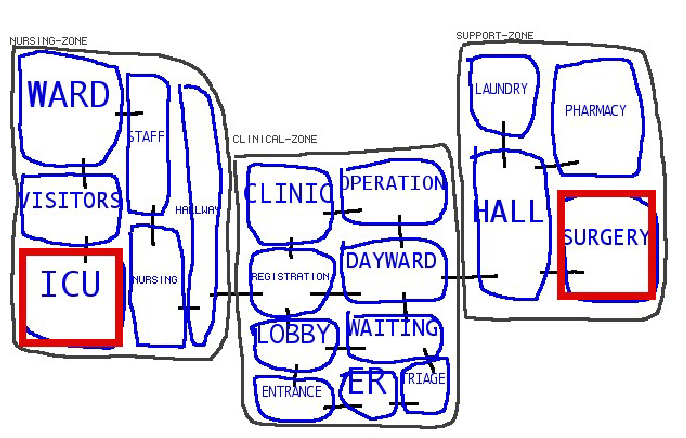
Design Evaluator
2004 A freehand sketch system with design critiquing.
Design Learning Environments
1999-2009 Six articles reflecting on experience teaching tangible interaction and computational design.
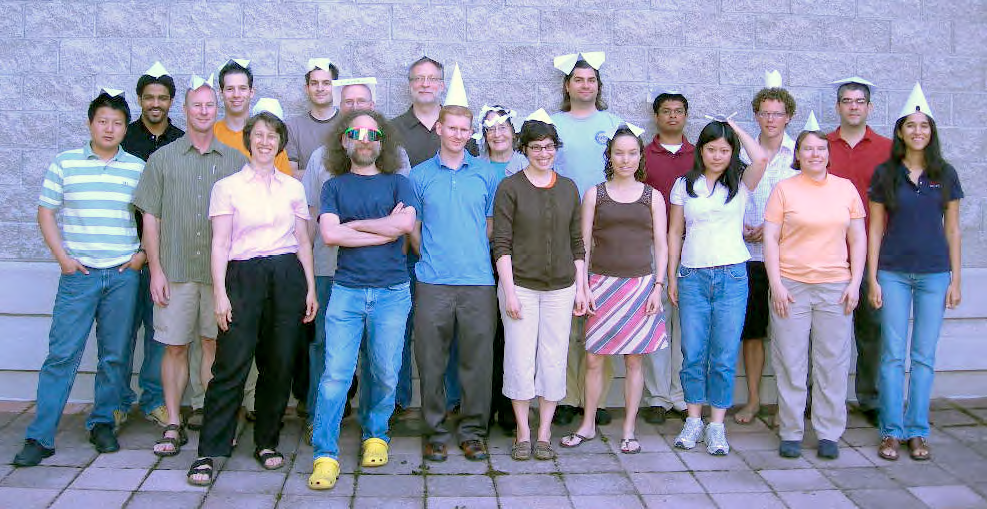
Design Research Summer School
2007 A summer workshop on design research to prepare students to do research about the nature of design or a class of designs.
Design Theory & Method
1984 – 2009 Articles in favor of developing systematic methods of design.

Digital Clay
1998 Sketch recognition software constructs three dimensional digital models from isometric drawings.
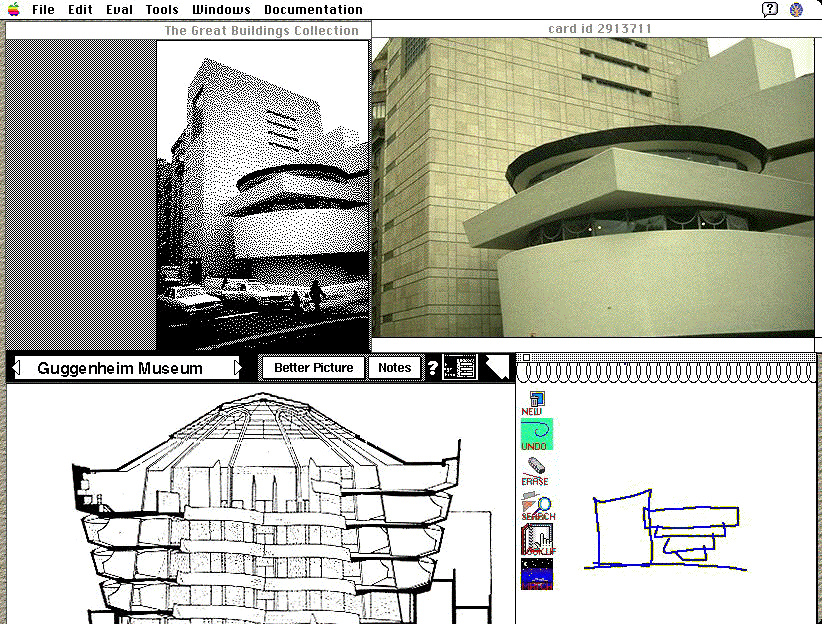
Drawing Analogies and Shape-Based Diagram Retrieval
1995… Sketch to retrieve items based on visual similarity.

Electronic Cocktail Napkin
1994 … An environment for sketching and diagramming in conceptual design served as a platform for various investigations.
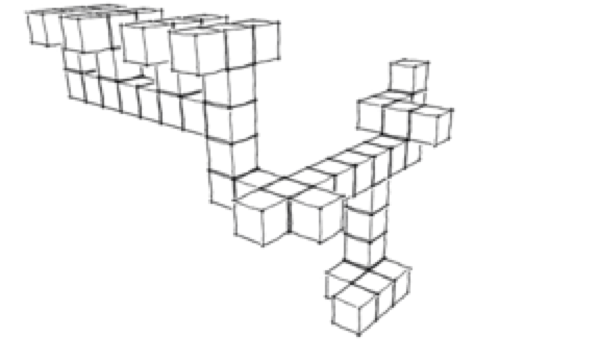
Erstwhile Agent
2011 An evolutionary approach to automatically synthesize modular robot constructions to meet desiderata.
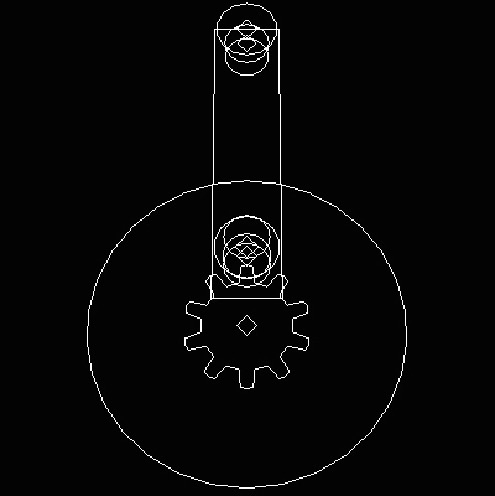
FlatCAD
2006 A code-based design environment for rapid prototyping with laser cutters or 3D printers.

FormWriter
2001 A simple yet powerful programming language for generating three-dimensional geometry.
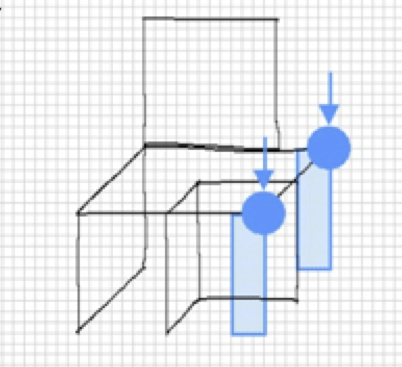
Furniture Design Critic
2008-2013 A computational model of design critiquing that considers conditions such as the user’s knowledge and interaction history.
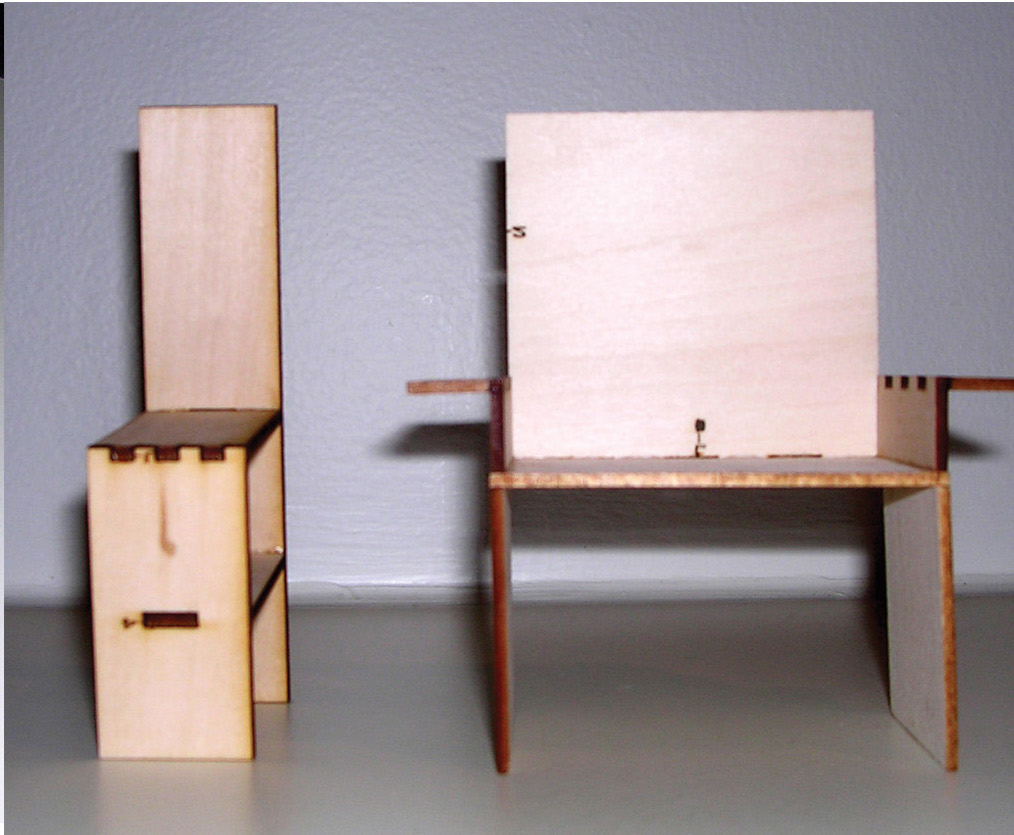
Furniture Factory: A Sketch-based System for Fabrication
2006 A sketch design system helps novices construct physical furniture models using a laser cutter.
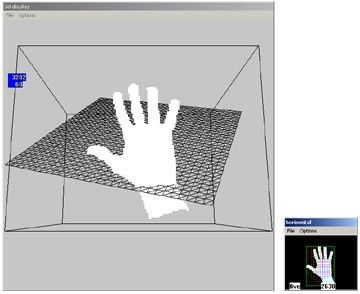
Gesture Modeling
2001 Desktop video capture and gesture recognition for three dimensional modeling,

Grids in Design
1991 Grids and placement rules offer a discipline to help a designer lay out complex designs, facilitating group design work.
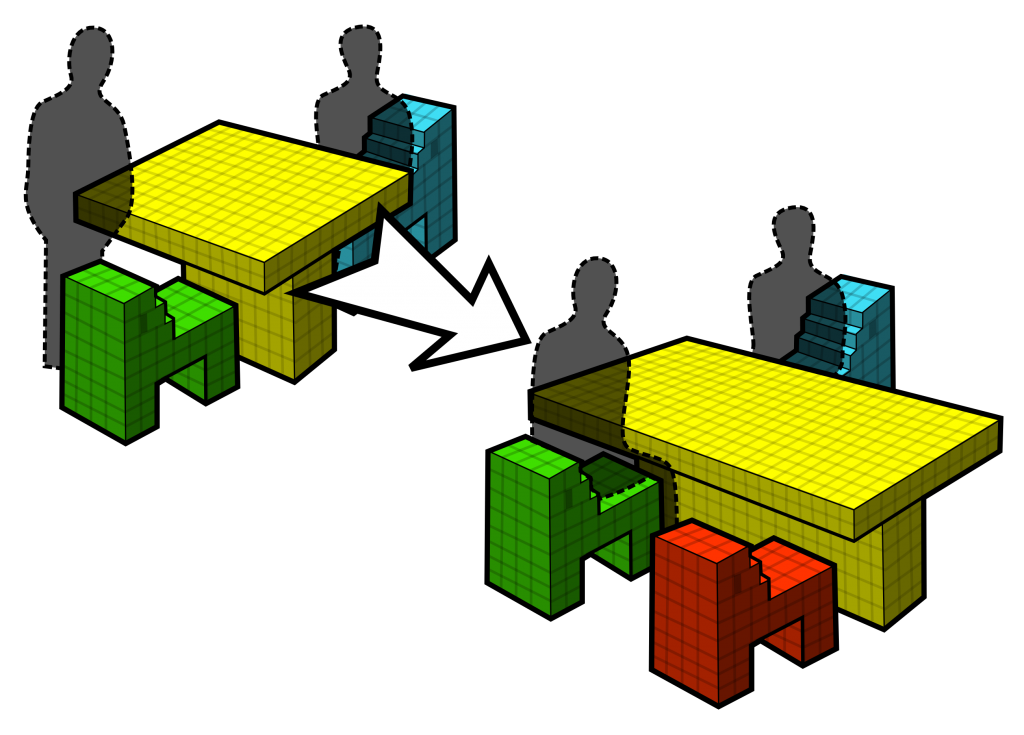
Hyperforms: Self-Reconfiguring Materials
2011 Design of, and interaction with, programmable matter.
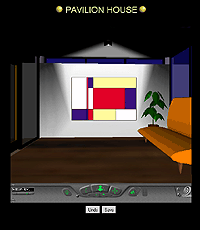
Immersive Redliner
1999 Designers embed annotations and proposed design changes in a three-dimensional design model.
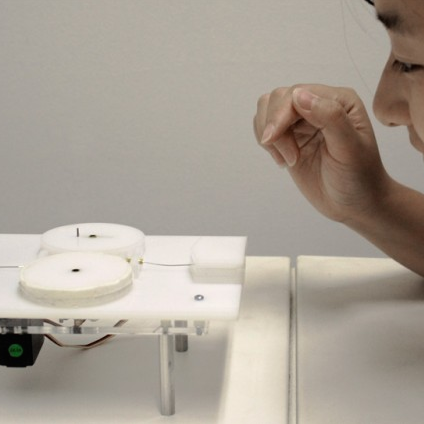
Interactive Fabrication
2011 Interfaces and devices that take real-time input to fabricate physical form.
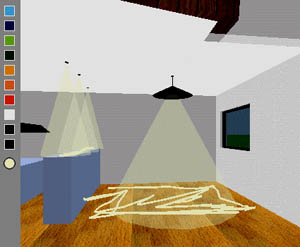
Light Pen
2003 A lighting design assistant driven by sketching on 3D virtual models.
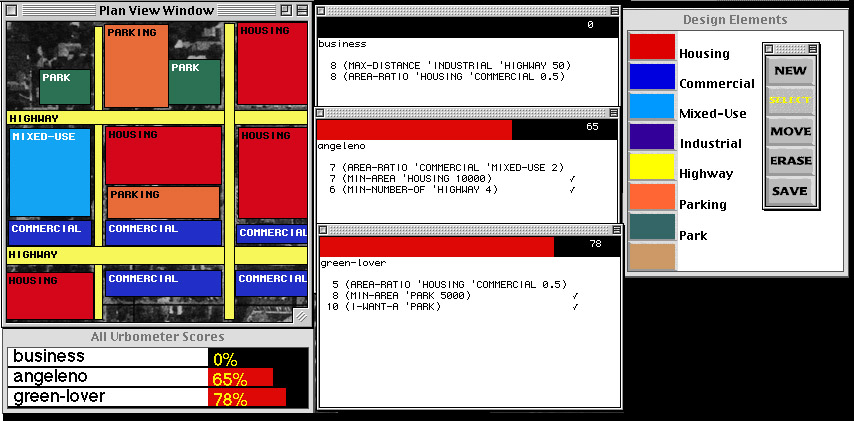
MUD – Multiple-stakeholder Urban Design
1997 An environment for collaborative urban design.
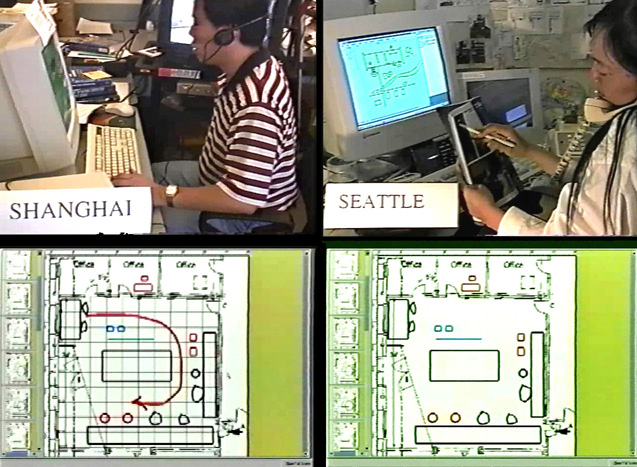
NetDraw
1999 A server-client object oriented draw program for collaborative design, with support for design hisory.
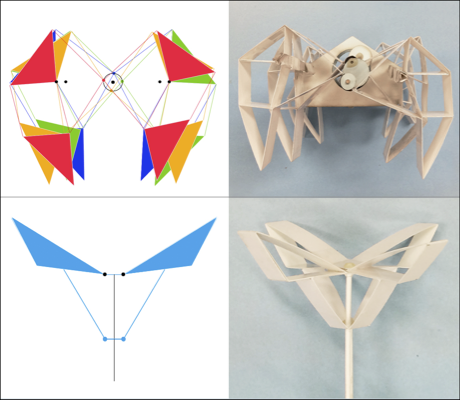
Paper Mechatronics
2015 A novel interdisciplinary design medium enabled by recent advances in craft technologies.
Pen Computing
1996, 1997 Two papers on mobile pen computing.
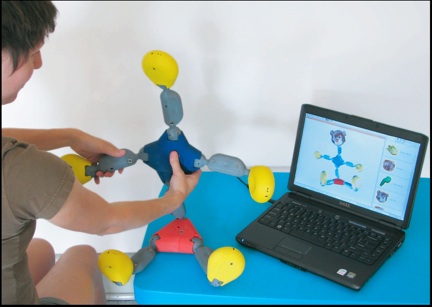
Posey & Escape Machine
2008, 2009 A physical construction kit instrumented to capture assembly and configuration information and convey it to a host computer.

Representational Talkback
1999 ART (Amplifying Representational Talkback) investigates types of talkback and representations for writing as design.
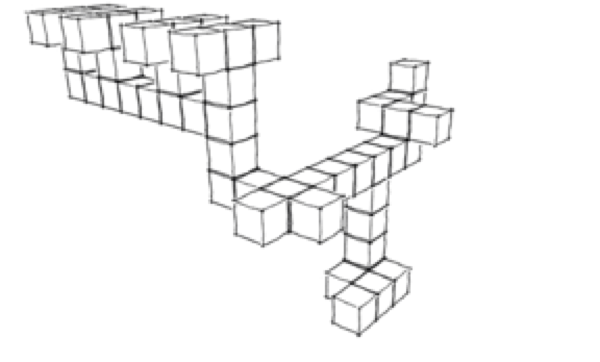
Self-Designing Systems
2009 The roBlocks reconfigurable robot construction kit and Erstwhile Agent, an evolutionary design system.
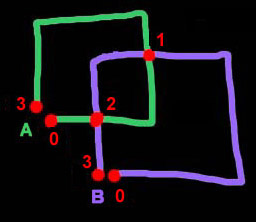
Shape Emergence
2001 A computer based assistant uses pattern recognition to anticipate human designers’ perception of emergent shapes.
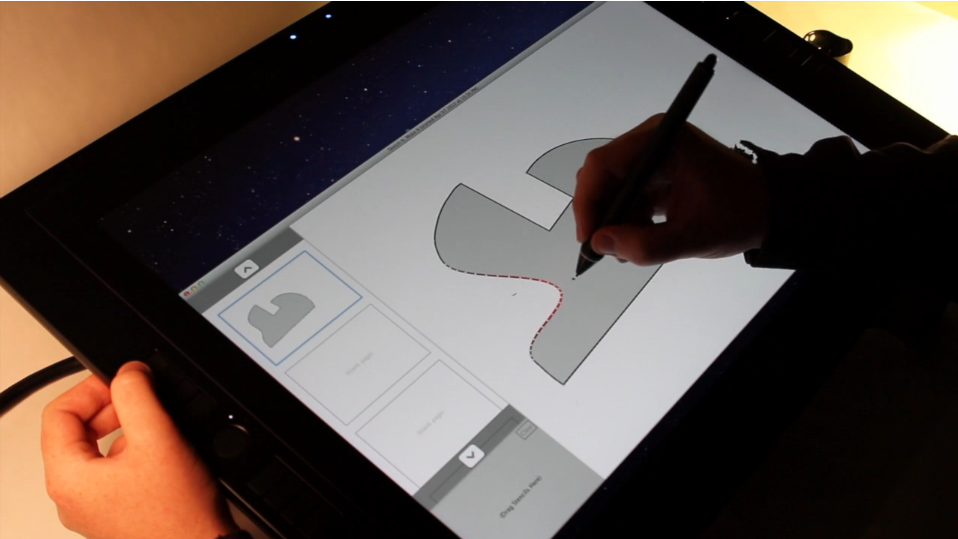
Sketch It, Make It
2012 A sketch design tool for design for laser cutters and 3D printers, now Zotebook.
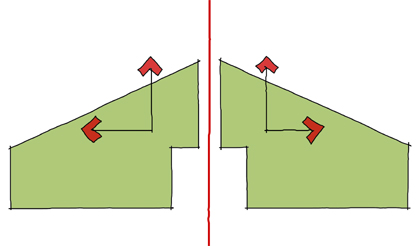
Smart Objects
2001 Design intentions are embedded into objects as constraints and expressed as behaviors.
Software Design
2003 – 2013 Miscellaneous notes on software design.

Space Pen
2001-2004 Annotation and drawing on (and inside) 3D models to exchange text and sketched annotations for review.
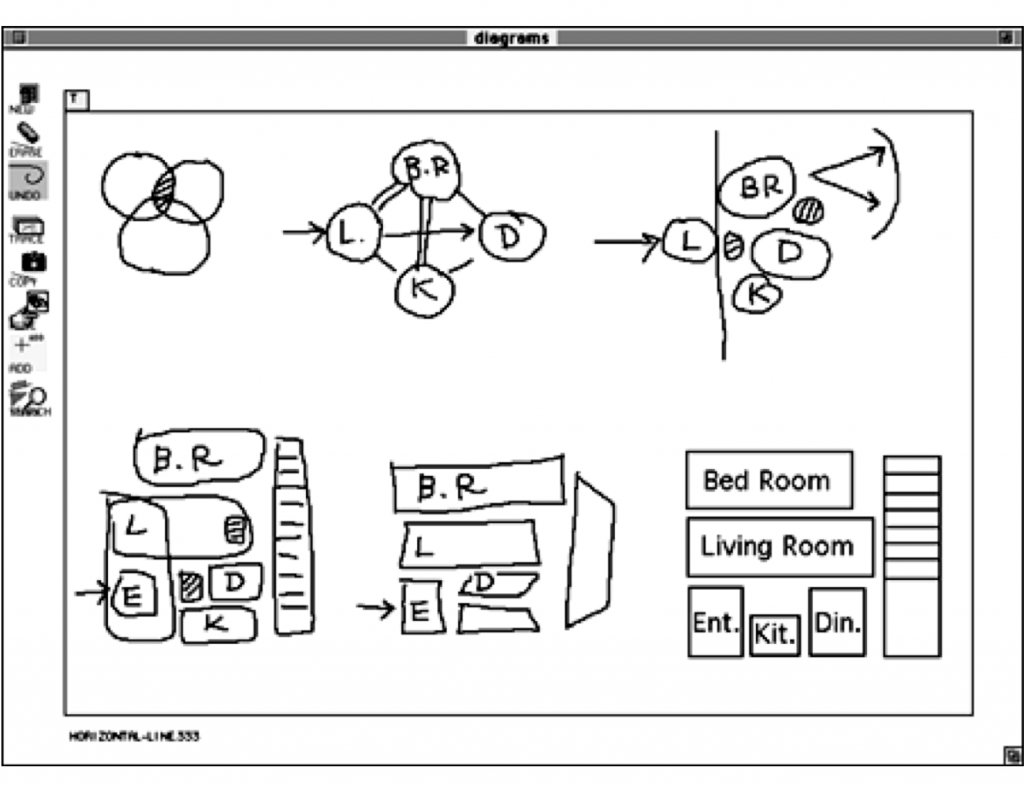
Stretch-A-Sketch
1994 A pen-based draw program combines recognition of hand-drawn glyphs with maintenance of spatial relations.
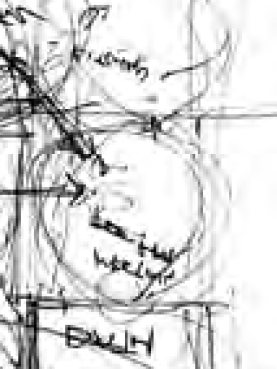
Thinking with Diagrams in Architectural Design
2001, 2009 A paper on the use of freehand diagrams in architectural design.
Visual Languages and Visual Thinking
2009 Sketch based software should recognize drawing as visual language. Keynote for Eurographics/ACM Symposium on Sketch Based Interaction and Modeling.